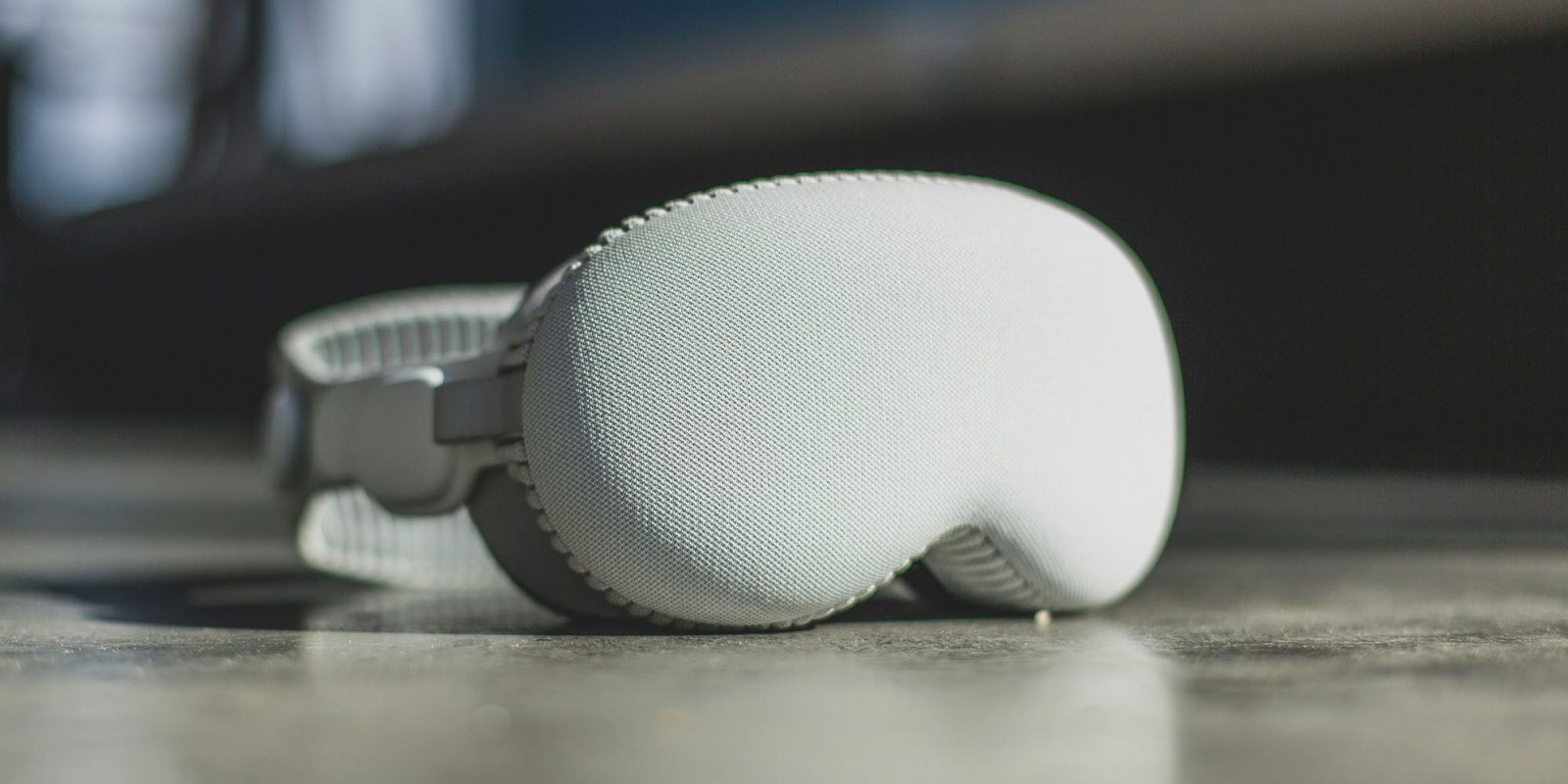
Mark Gurman didn’t sound overly excited when he reported his expectation that a lower-priced Apple Vision product would launch as early as next year, but it might well be the model to have me press the button.
Gurman said that Apple is expecting sales of the $2,000-ish model to double those of the Vision Pro, “but that’s not saying much” …
Gurman’s newsletter didn’t add much to what we’re already expecting.
I expect a lower-end Vision headset to arrive as early as next year, with a second-generation Vision Pro — sporting a faster chip — following in 2026. The lower-end model would cost about $2,000 and probably use an inferior processor and cheaper materials. It also would lack EyeSight, a gee-whiz feature that shows a user’s eyes on the outside of the headset. With the lower price, Apple is expecting unit sales of the device to be at least double the level of the Vision Pro. But that’s not saying much.
Normally, swapping premium materials like aluminum and glass for cheaper ones – likely plastic – would be a downgrade. But in the case of Apple Vision, I think the opposite would be true.
One of the biggest complaints everyone has about Vision Pro is that it becomes uncomfortable to wear for extended periods, with some saying they can only wear it for 30-60 minutes at a time.
When I tried it myself, I found that an hour’s use was enough time to start feeling discomfort.
It was a relatively warm afternoon by UK standards, and I was definitely feeling the heat with my upper face enclosed by the unit. This mirrors my experience with the Meta Quest 2, which also feels warm.
Vision Pro’s weight is also something I felt after about the first 30 mins. I use my Quest with the optional rear battery-pack, and although that increases the total weight, that mass is evenly split between the front and rear. Vision Pro, in contrast, is very front-heavy, and I was definitely starting to feel that, especially when looking down and then back up.
If Apple drops EyeSight (which I find completely pointless anyway), then it can lose the glass at the front of the device, which will help a lot with both total weight and weight balance. And if it swaps aluminum casing for plastic, then that further improves both.
A switch to cheaper materials, then, could be an upgrade rather than a downgrade.
As for forecast sales only doubling that of Vision Pro, sure: It’s still a niche product. Even most Vision Pro owners seem to be mostly using it to watch movies, something they can do with far greater comfort and massively reduced cost with a face monitor like Viture One XR.
But for me personally, the ability to have multiple monitors in a highly portable device holds significant appeal. If the company can get the price down to $2k and improve comfort to the point where it can be used for all-day use, it’ll probably take my money.
Would you be in the market for a $2k lighter Apple Vision? Please take our poll, and share your thoughts in the comments.
Photo by Bram Van Oost on Unsplash
FTC: We use income earning auto affiliate links. More.




Comments